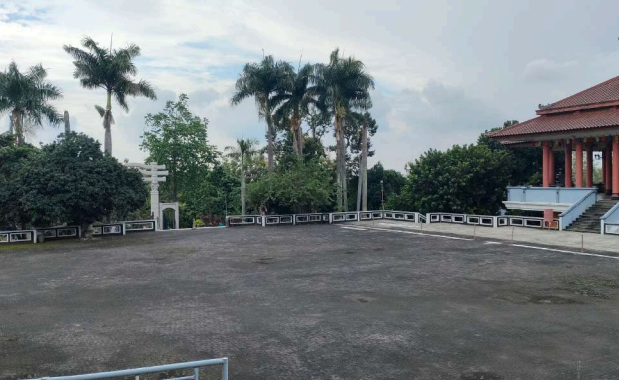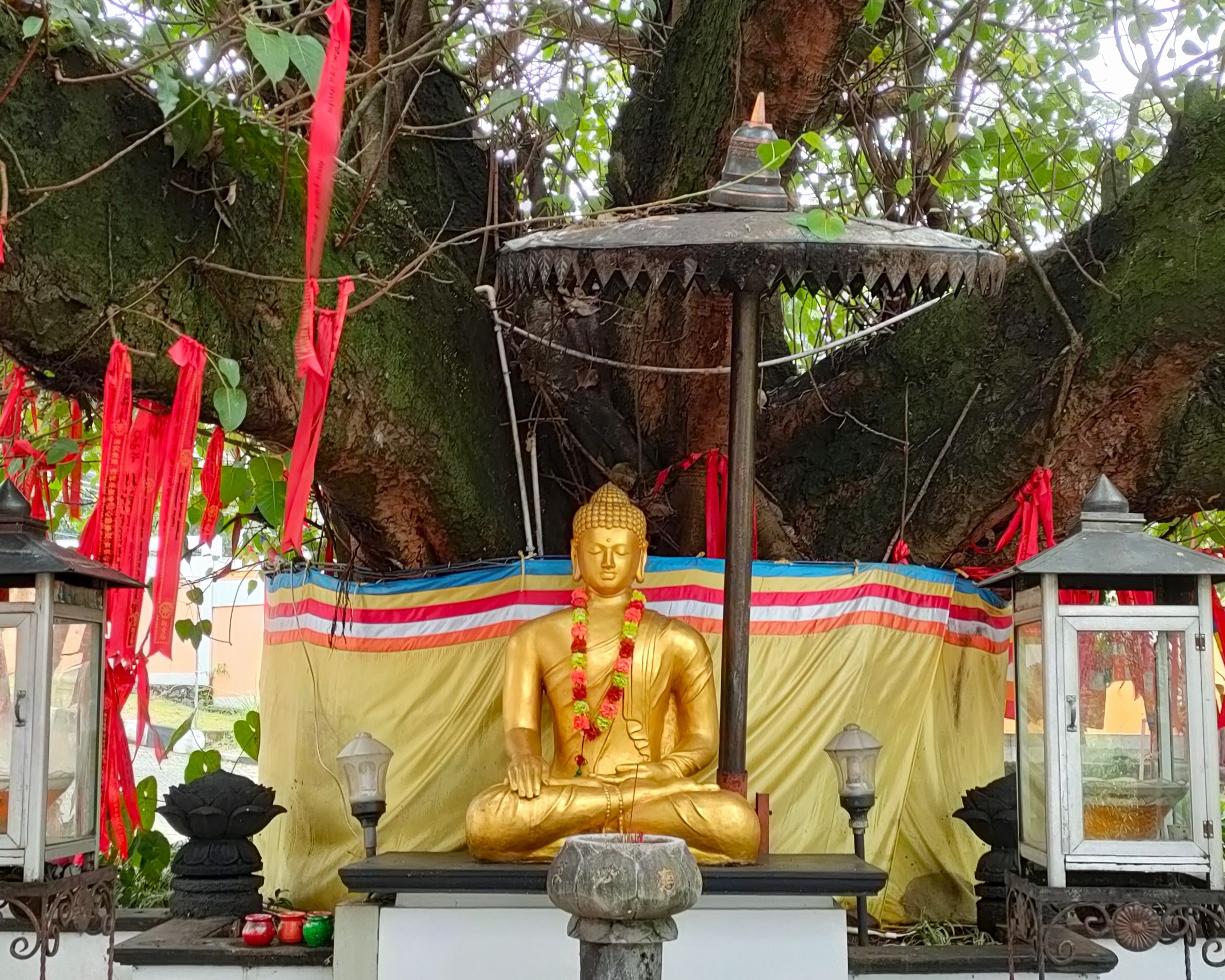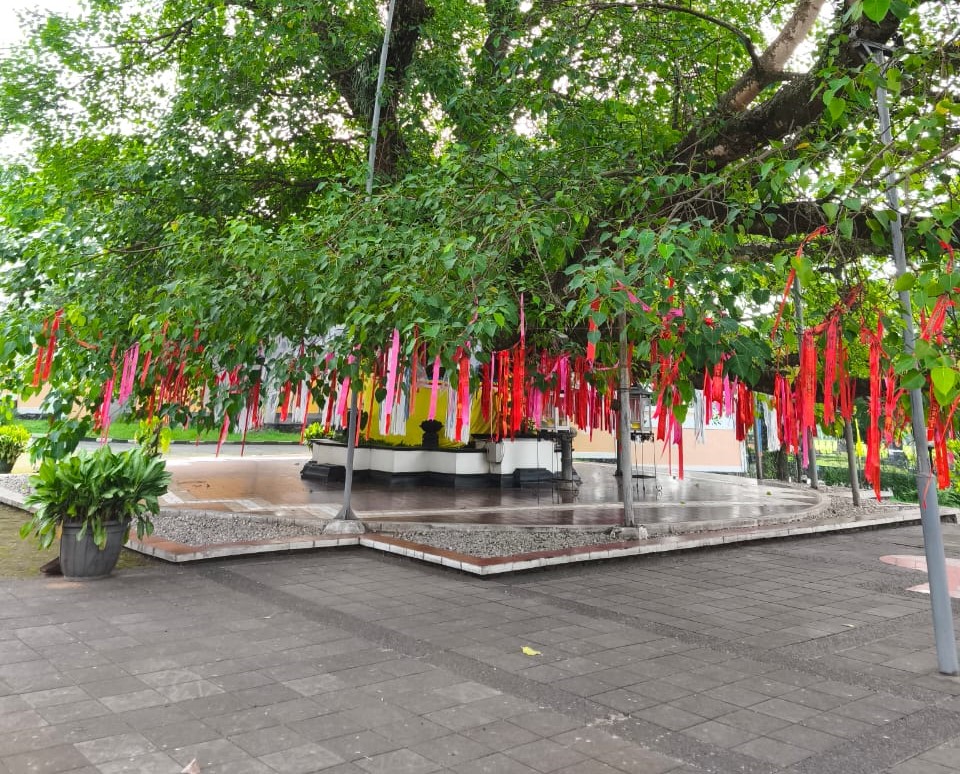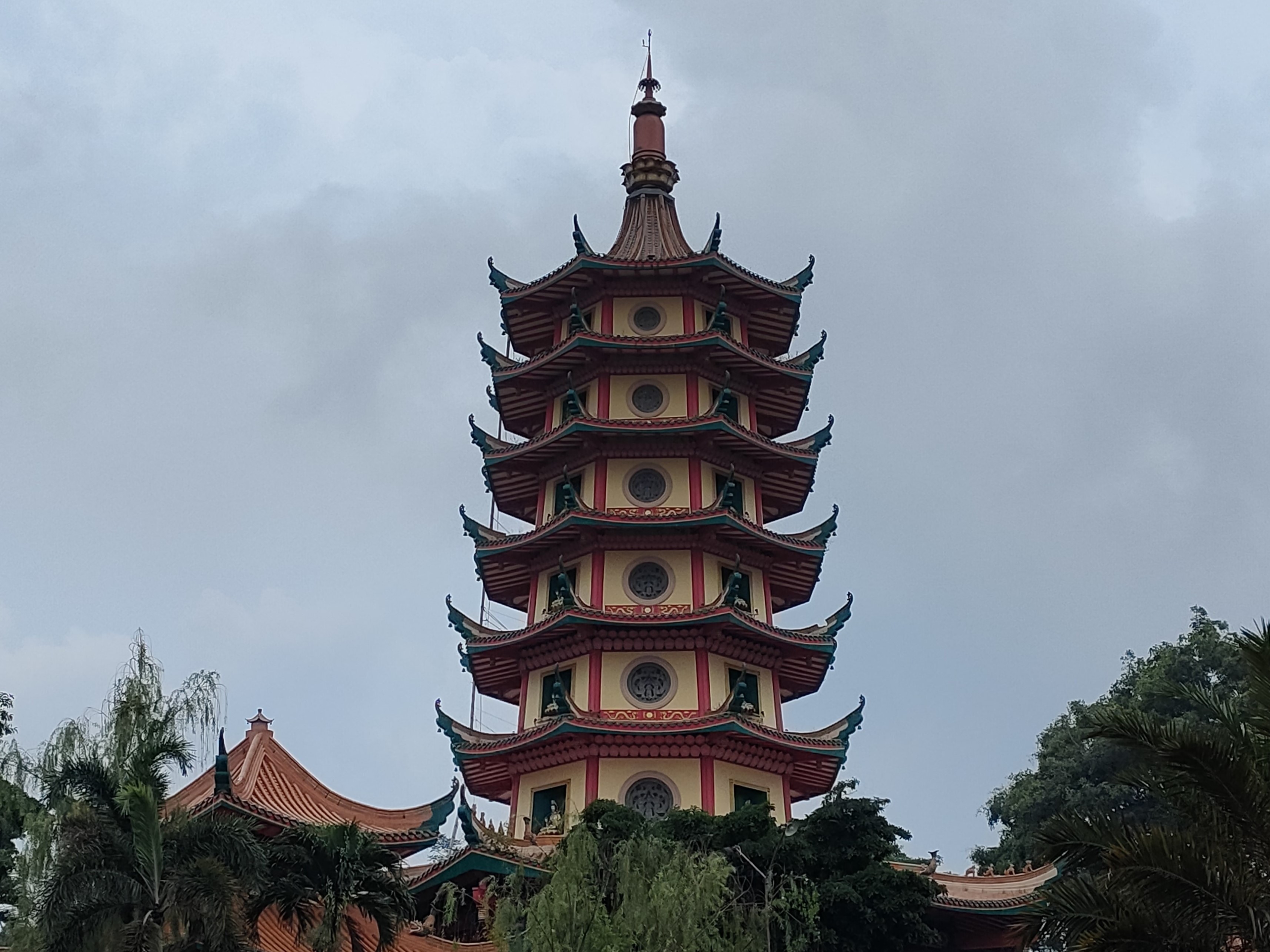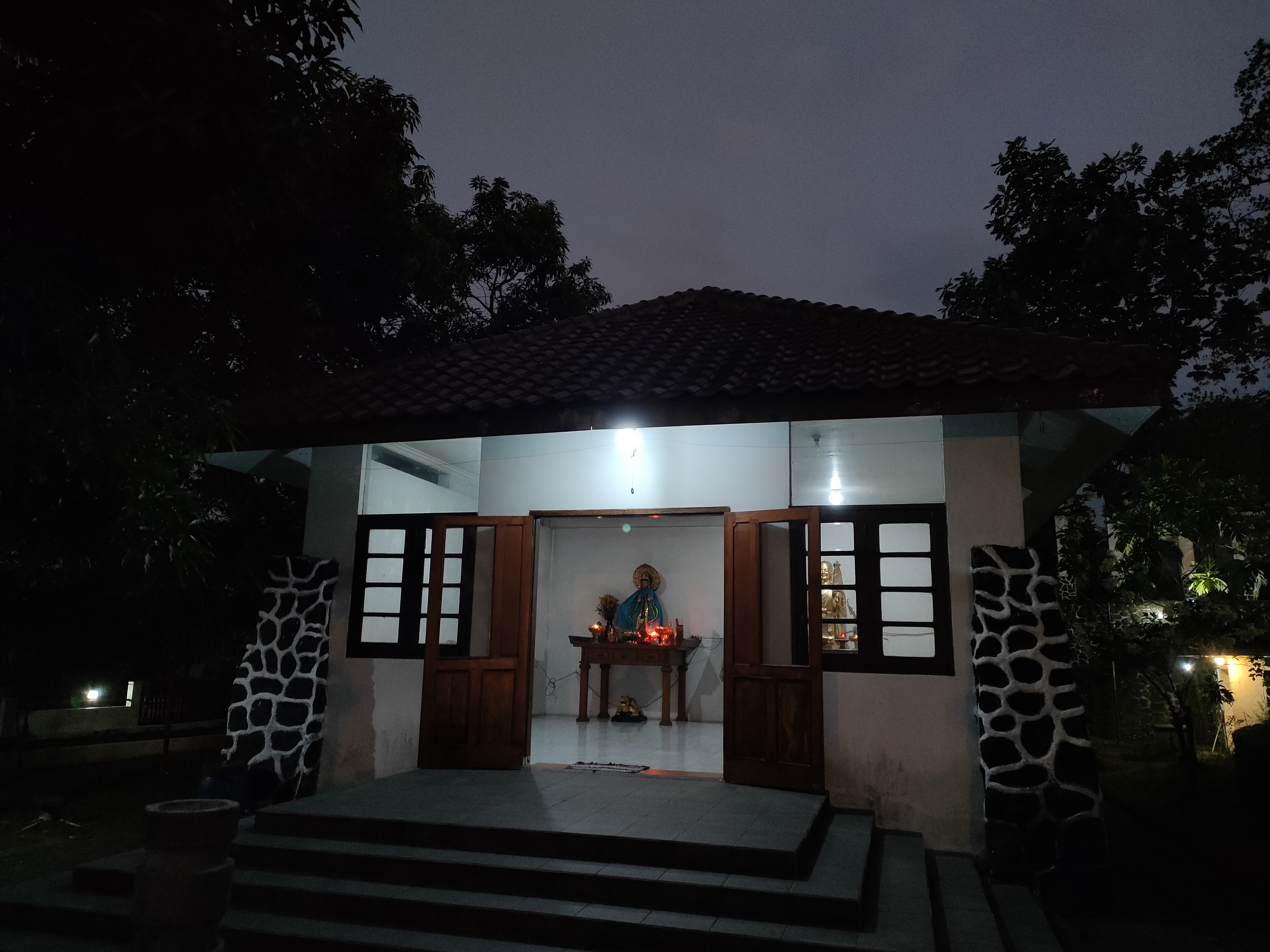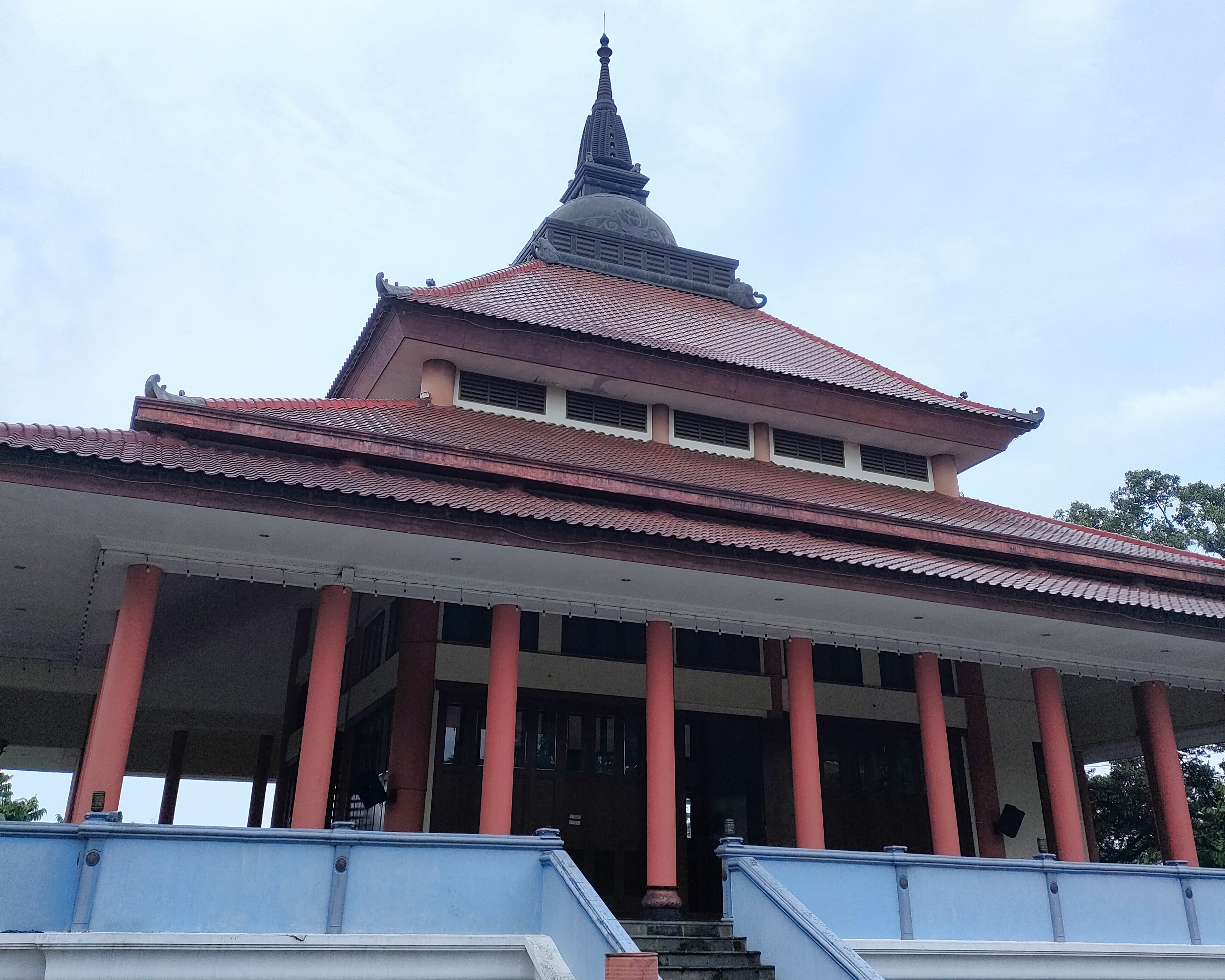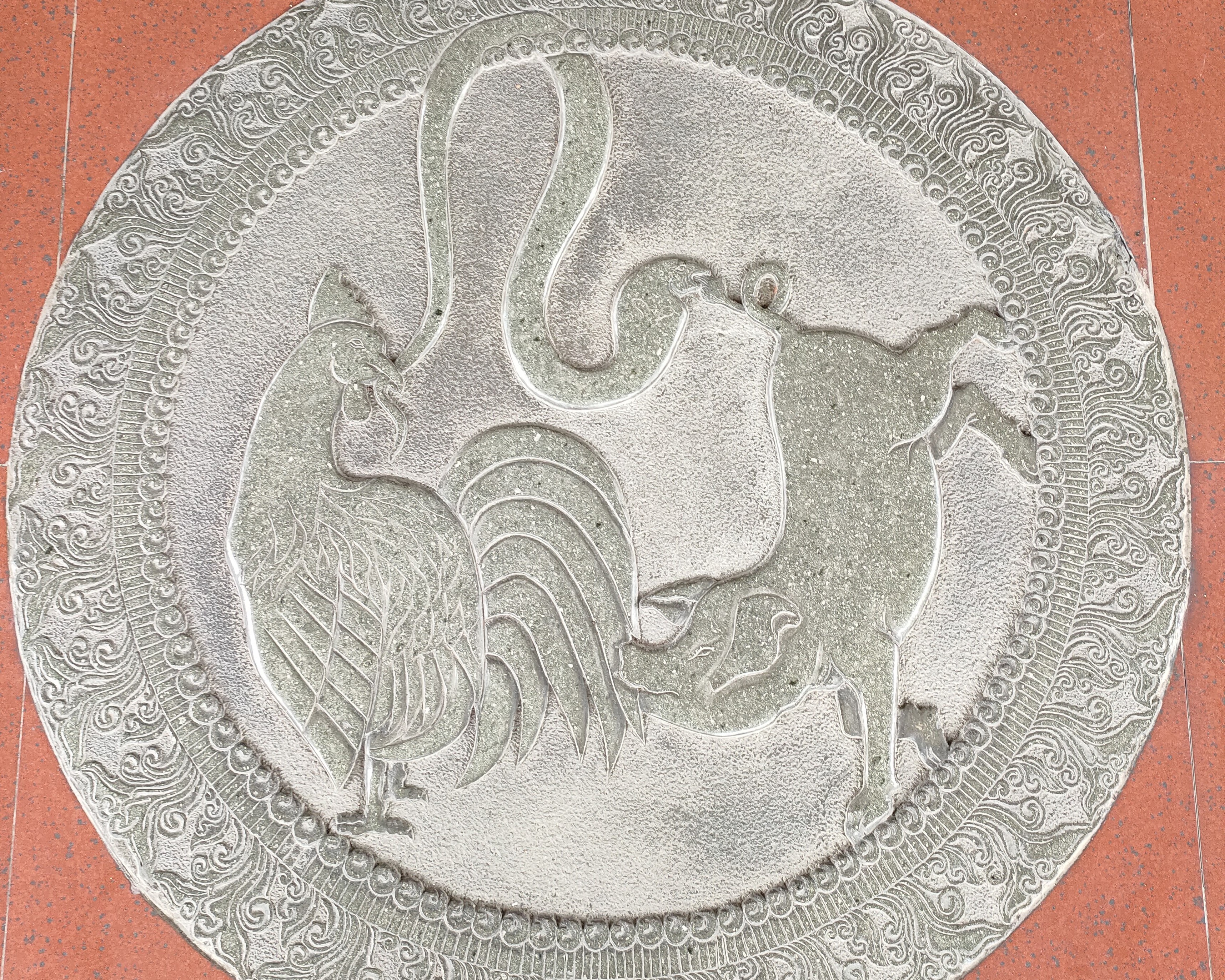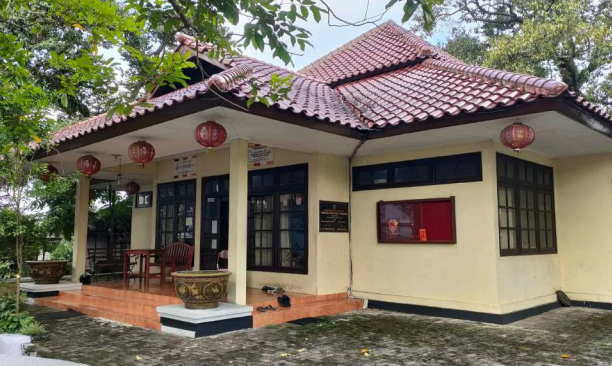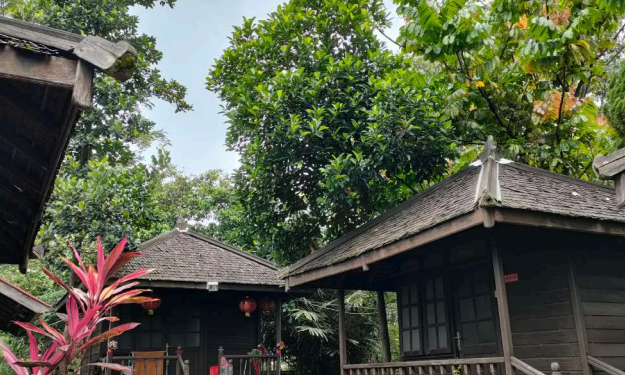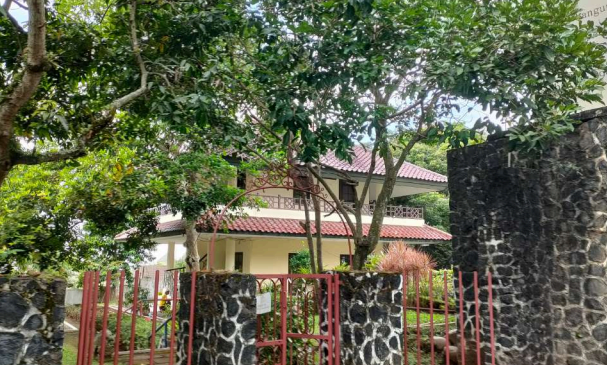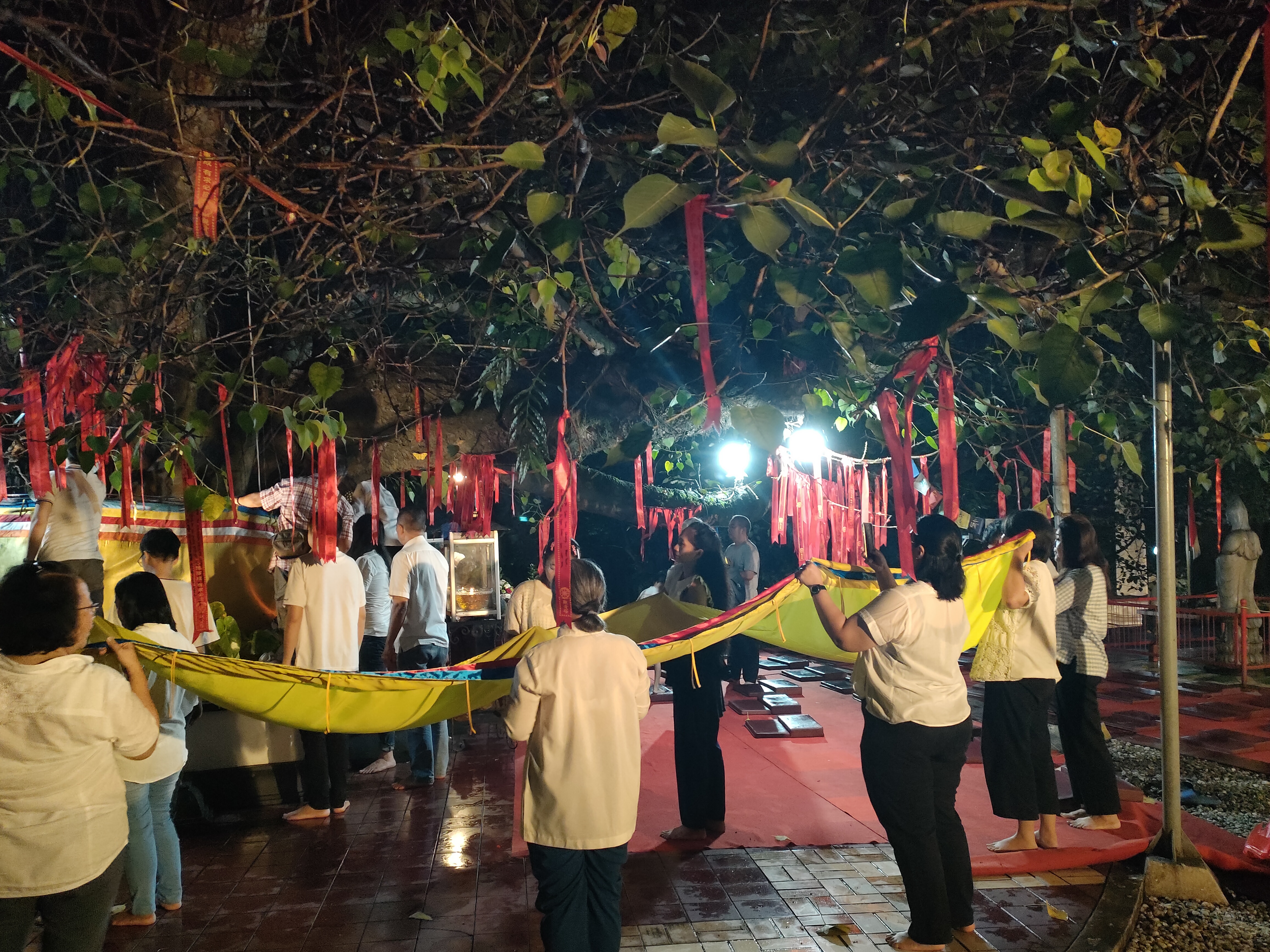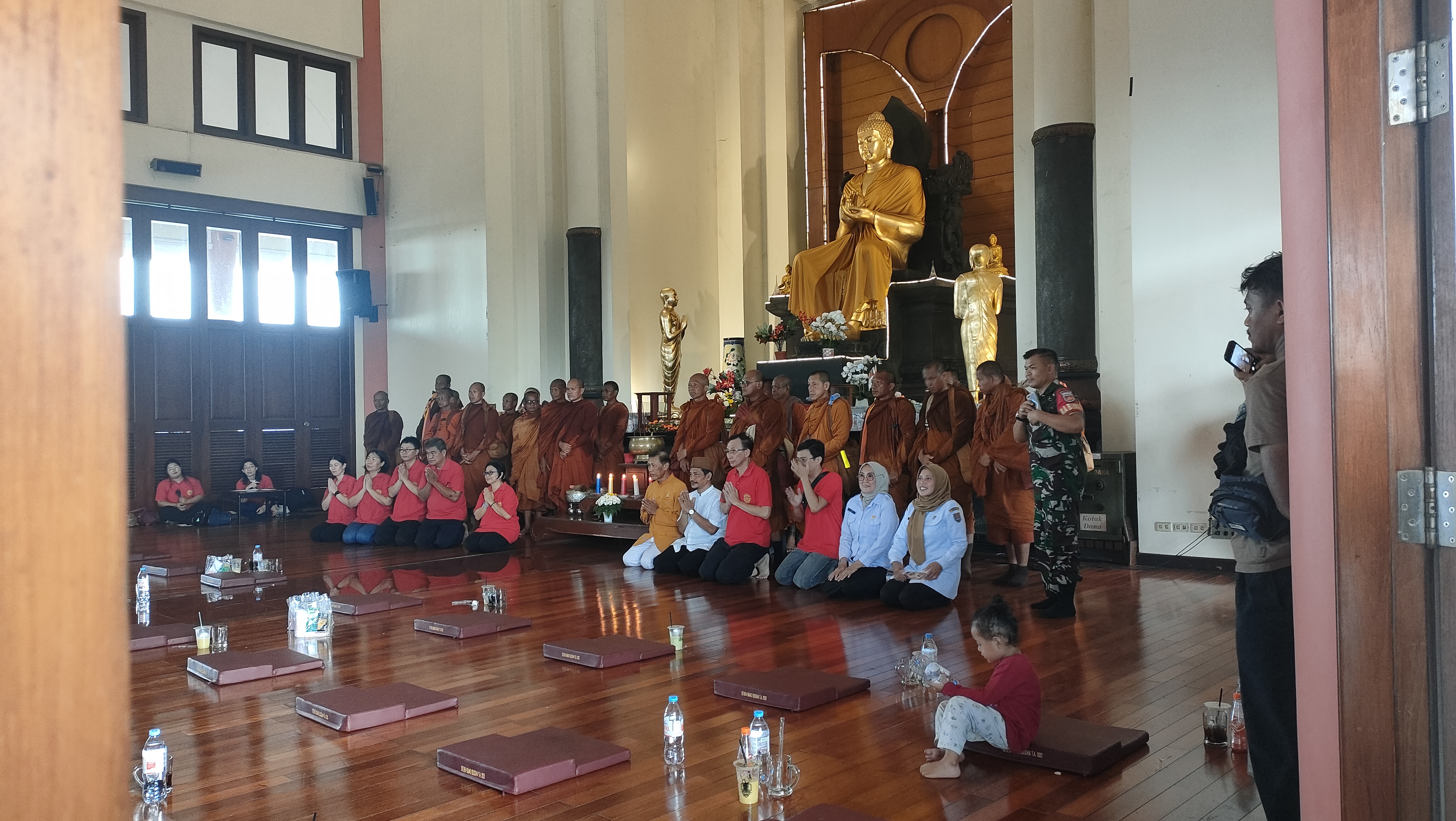Discover Peace
and Beauty
at Buddhagaya Watugong Monastery.
Our History
The Journey of Buddhagaya Watugong Monastery as a Center for Buddhadhamma Development in Indonesia
Buddhagaya Watugong Monastery, originally named Buddha Gaya Monastery, has a long history since 1955 and has become an important symbol in the development of Buddhism in Indonesia.
The Beginning
In 1955, a wealthy man named Goei Thwan Ling (Sutopo) donated his land to be used as a center for Buddhadhamma development. The place was then named Buddha Gaya Monastery and on October 19, 1955, the Buddha Gaya foundation was established to oversee the Monastery activities.
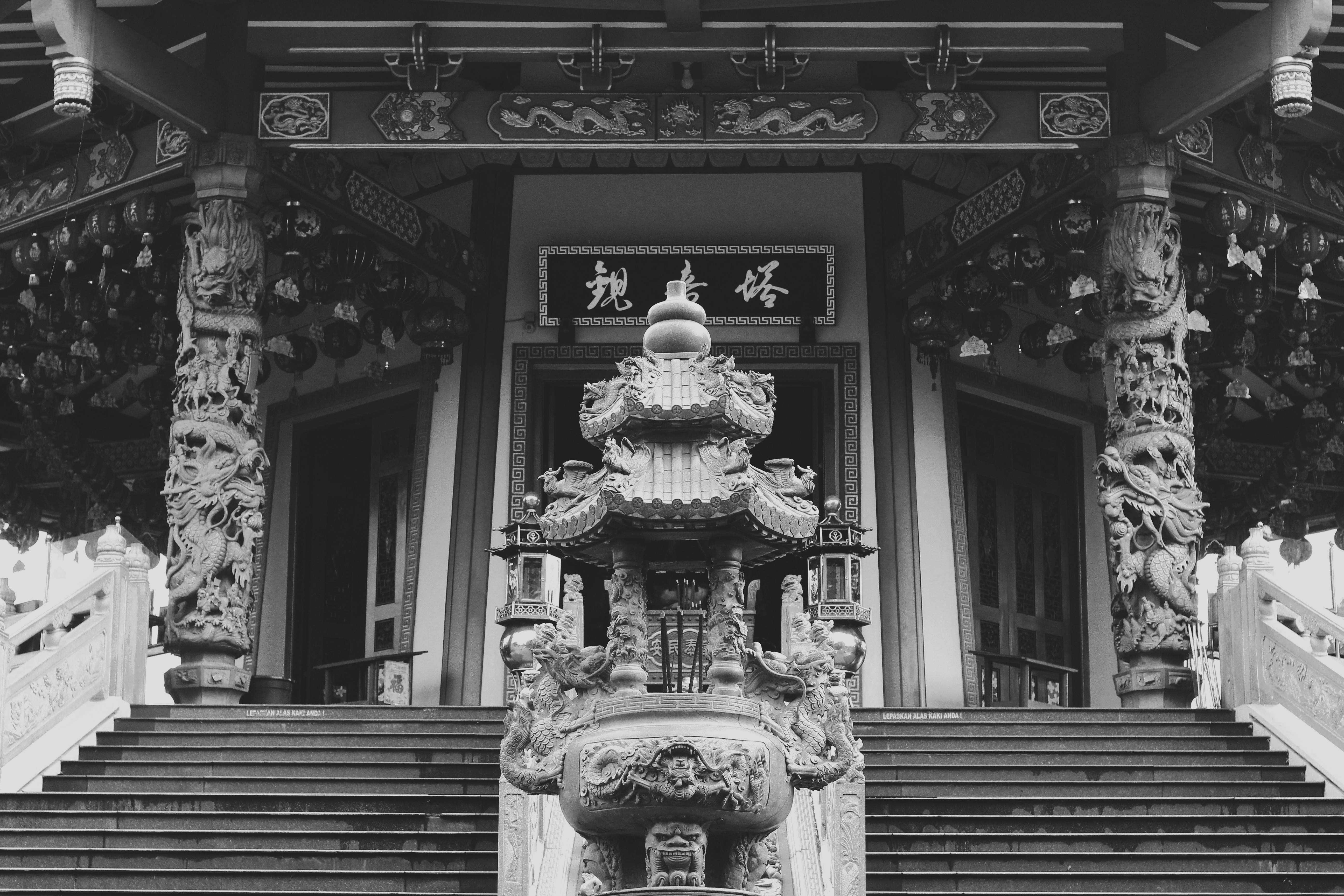
The Name "Watugong"
The community associated the Monastery with the existence of Watu Gong around the Monastery. Later, devotees called Buddha Gaya Monastery by another name, Watu Gong Monastery, because it contained an antique stone shaped like a gong. From here, it seemed to become its own spirit for the beginning of Buddhist teachings in the homeland.
Modern Development
After experiencing organizational and developmental ups and downs, since 2000 Buddha Gaya Monastery has developed into a Buddhist Centre focused on being a place for devotees to practice dhamma. Added with the establishment of several buildings and other ornaments increasingly beautifying Buddha Gaya Monastery.
Cultural Heritage
This Monastery is not only a place of worship for Buddhists, but belongs to the community and government, as a valuable asset in the pluralism of the Republic of Indonesia.
Spiritual Place
As a place for Dhamma practice, Buddhagaya Watugong Monastery provides various spiritual activities for Buddhists and is open to the general public who want to learn Buddhist teachings and experience the peace offered by this place.
Captivating Architecture
With architecture that combines Chinese and local elements, Buddhagaya Watugong Monasteryprovides an attractive visual experience. Ornaments and building structures reflect Buddhist philosophy and cultural values that are highly upheld.
Tourist Destination
In addition to being a place of worship, Buddhagaya Watugong Monasteryis also an attractive religious tourism destination. Visitors can enjoy the beauty of the building, learn about Buddhist history, and feel the peace offered in the Monastery environment.
Explore Our Attractions
Various Attractions at Our Vihara
Discover the captivating spiritual and architectural attractions at Vihara Watugong.
- 1 Watu Gong
- 2 Sanchi Gate
- 3 Borobudur Plaza
- 4 Asoka Monument and Inscription
- 5 Bodhi Tree
- 6 Avalokitesvara Pagoda
- 7 Buddha Parinibbana
- 8 Sivali Building
- 9 Standing Buddha Plan
- 10 Dhammasala
- 11 Patticasamupadda Relief
- 12 Community Reading Garden
- 13 Samadhi Kuti
- 14 Bhikkhu Kuti

